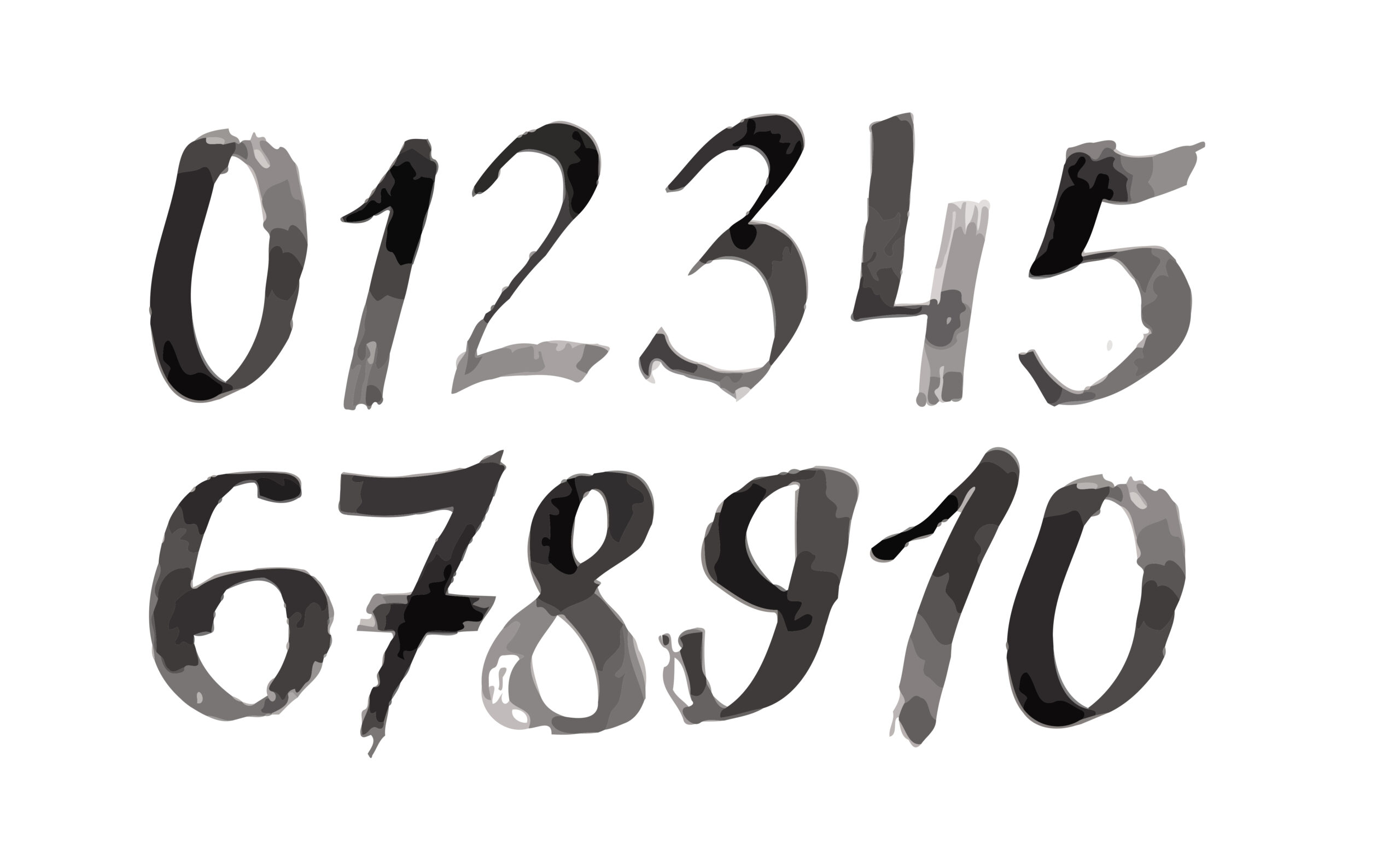On a recent TeachMeet training course at Manchester College, I was lucky enough to watch some great speakers looking at things such as Going Google, using Kloodle (more on this in a later blog) and raising attainment strategies.
One of the other topics covered was a recap ways of how to include all students in the lesson in terms of verbal communication. Sometimes a key challenge of lessons is to ensure that all learners get involved in class discussions. Yes, you can use targeted questioning to ensure all learners are asked a question… but how do you ensure everyone contributes when doing paired or group work?
As learners enter the classroom, teachers can give out 5 sticks to each student. As learners contribute in any timed discussion, the sticks are placed into the centre; a pot can be placed on the table to facilitate this. Once all of these sticks have been used up by the learner, they have to allow someone else the chance to talk. This activity can ensure that those who generally lead and dominate pair or group work must allow someone else the opportunity to add their opinion as well.
Give out different playing cards to learners as they enter the room. You can then ask learners who have a certain card, i.e. hearts or spades, to talk and time this – then switch it up with a different type of card. This could also facilitate moving around into different groups as you can ask all hearts to sit together, etc. Again, it allows the less-dominant speakers to contribute during the time available.
Each time you have a group or class discussion, ask all learners to stand. One they have spoken, you can ask them to sit down – again, a very easy way of allowing you to see who has spoken. This may unsettle some students but in allowing for differentiated and targeted questioning, you can ask more accessible questions to less-able learners, or ask them to list a benefit first. You can then ask more-able learners a more difficult question or for a benefit once a few have already been listed, therefore challenging them.
Numbers
This method can be used simply and easily to allow all to contribute. You can allocate learners a number as they enter the room on a ticket or you can put post-it notes on desks if they have prearranged seating. For example, in groups of six, individual learners could be numbered 1-6 and you can use a random number generator to start off the discussion. This is the order that the discussion will go in. Again, this is a very simple thing to do and, if you have your own classroom, you can change the numbers stuck on the desk maybe weekly or for one day and leave there all day for each class coming in.
And finally, similarly to what we have seen with the other examples, give learners at random different length straws in their groups. When you do a group discussion task you can ask the shortest or longest straw first and then go in order of the next one… this encourages the learners to bond as they have to measure the straws and gives everyone a chance to share their thoughts on the activity.
Try some of these in your lessons and see if they make a difference to inclusion of all learners in the lesson.
Donna Jestin
Teacher of Business and Teaching and Learning Researcher – Holy Cross College & Senior examiner for AQA








